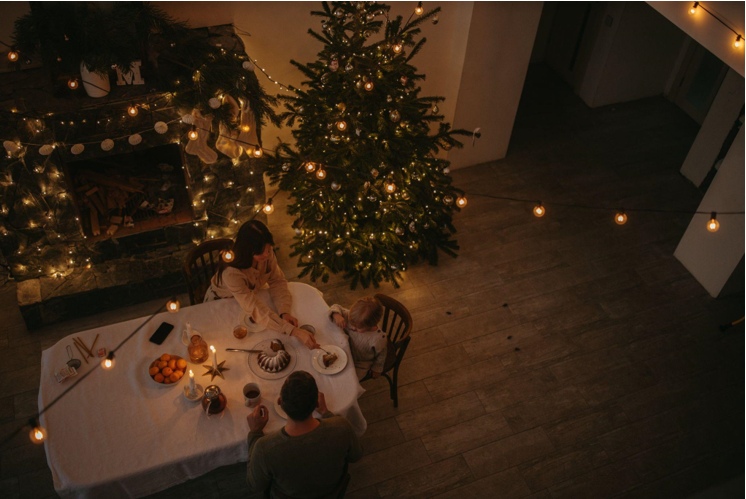Christmas carols are an integral part of the holiday season. Every year, people around the world gather to share these songs that not only bring them closer to the holiday spirit, but also help unify their communities. However, not many know the surprising origin of Christmas carols and how they have evolved over the centuries.
The Evolution of Christmas Carols: From Pagan Roots to Religious Tradition
The roots of Christmas carols can be traced back to the fourth century, when the Christian church started celebrating the birth of Jesus Christ on December 25th. The early Christians sang hymns and psalms during the celebration, and this tradition soon spread to the larger society. The word “carol” itself comes from the Greek “choros,” which means a circle dance performed by a choir.
It was during the Middle Ages that the first true Christmas carols emerged. These carols brought together people from all walks of life to celebrate the birth of Jesus Christ through singing. The carols were often performed in churches, homes, and even in the streets. However, these early carols were not always religious in nature, sometimes taking on a more secular tone with themes ranging from the joys of winter to the nature of love.
The popularity of Christmas carols continued to grow, with new songs being added every year. In the 16th century, English composer William Byrd wrote “Lullaby My Sweet Little Baby,” which focused on the Nativity story. This marked the beginning of the Christmas carol as a distinct musical genre.
In the centuries that followed, many of the most iconic Christmas carols were penned, including “Silent Night,” “Deck the Halls,” and “The First Noel.” These carols have become so ingrained in our holiday traditions that it’s hard to imagine a world without them.
The Cultural Significance of Christmas Carols Across the World
One of the key features of Christmas carols is their singability. These songs were meant to be easy to sing along with, so that even those with limited musical training could join in. Many of the early carols were also written in a call-and-response format, making them perfect for group participation.
Another important aspect of Christmas carols is their ability to bring people together. Since the early days of the tradition, carolers have gone from house to house, singing and spreading holiday cheer. This communal aspect of Christmas carols has helped to create a sense of togetherness that is often lacking in today’s world.
Today, Christmas carols continue to be an important part of the holiday season. While some of the more traditional carols are still popular, new songs are being added to the repertoire every year. Because of this, the tradition of Christmas caroling remains vital and ever-evolving.
In conclusion, the origin of Christmas carols is a fascinating story that reveals the power of music to transcend time and bring people together. From its humble beginnings as a religious hymn to its modern iteration as a community celebration, the Christmas carol has become one of the most cherished traditions of the holiday season. Whether sung in churches, homes, or in the streets, these songs continue to bring joy and togetherness to people around the world.


